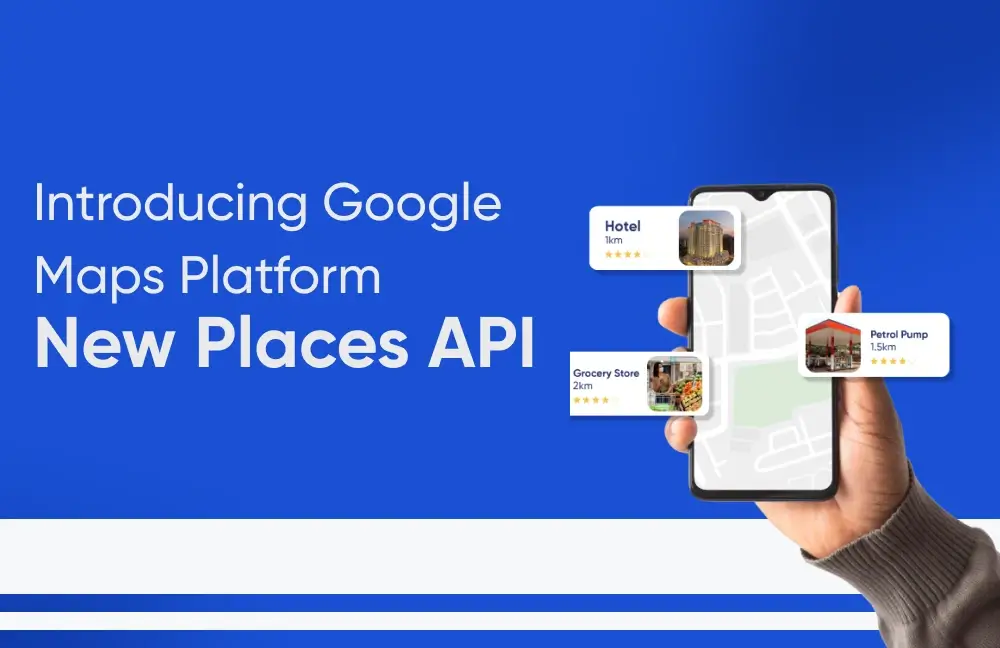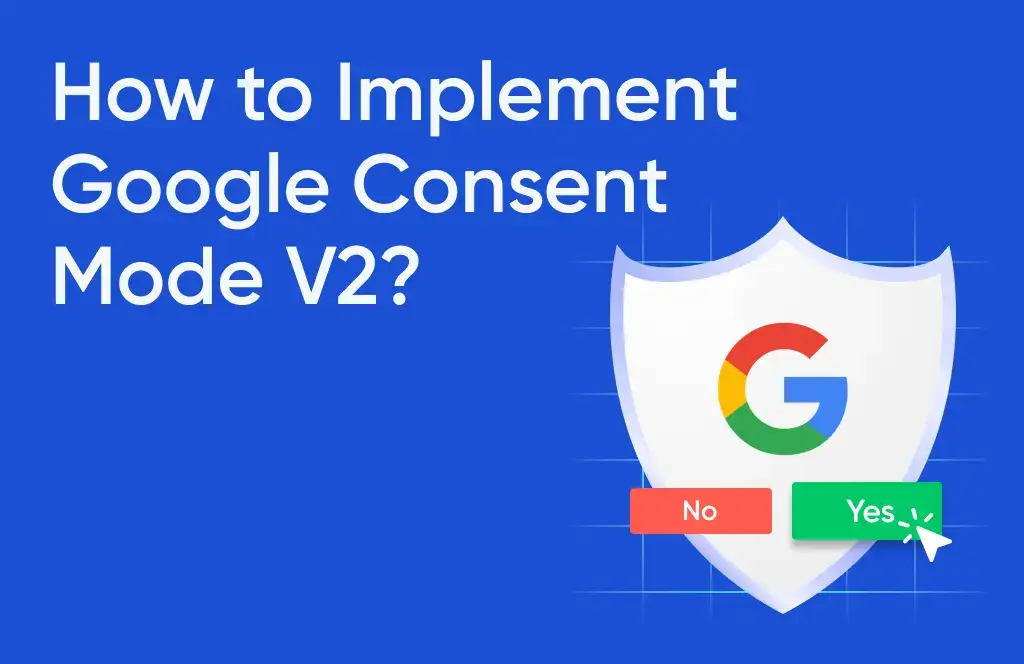
Working as a Digital Marketer, you would have definitely faced the above situation. Marketers in an organization will be running multiple campaigns across various channels, some of these campaigns will be aimed at driving brand awareness while others will be aimed at driving engagement or direct conversions.
A user typically interacts with multiple channels or campaigns before converting, consequently it is unjust to attribute the entire conversion to a single channel.
Most of the sophisticated analytics tools in the market allows you to track the entire journey of your customers. These tools also have predefined campaign attribution models. Let us try and analyze some of the most commonly used models with the following sample user journeys –

The Last Click(LC) or the Last Non-Direct Click(LNDC) is the most common attribution models used nowadays. The LC model attributes the entire conversion to the last channel whereas the LNDC model attributes the entire conversion to the Last Non-Direct Channel.
If we analyze the six user journeys using the LC or the LNDC models, we might end up reducing our spends on the Youtube Video Ad even though the campaign has been very efficient in driving acquisitions. Consequently, using LC or LNDC does not seem to be an optimal strategy.
Another commonly used attribution model is the First Click Model(FC) which attributed the entire conversion to the first channel. We analyze the user journeys using the FC model, we might end up spending only on the Youtube Video Ads. Though the Youtube Video Ads have been effective in acquiring new users, the Ads have not been instrumental in driving conversion. Concludingly, leveraging FC model does not seem to be an optimal strategy either.
A Linear Attribution Model distributes the conversion equally among all the channels in a conversion path. If we try analyzing the journey for User F using the linear attribution model, The fractional contribution of Facebook Ad, Google Search Ad, and Youtube Video Ad will only be (1/110) each in the conversion (110 is the total number of channels is the channel sequence for User F). The contribution of the direct channel will be (107/110) as the user has used the directly channel 107 times to navigate to the website.
Even if we consider other attribution models such as The Position-Based Model or The Time Decay Model, all these models are driven by rules based on human intuition and not data. Moreover, none of the models considers the position or the frequency of occurrence of different channels.
Please refer to the article to know more about the various attribution models.
We now know that considering the position and the frequency of occurrence of channels can be instrumental in designing an optimal attribution model.
In the next blog in this series, we will be talking about one of the most effective mechanisms for assigning conversions to channels based on the position and the frequency of occurrence.





